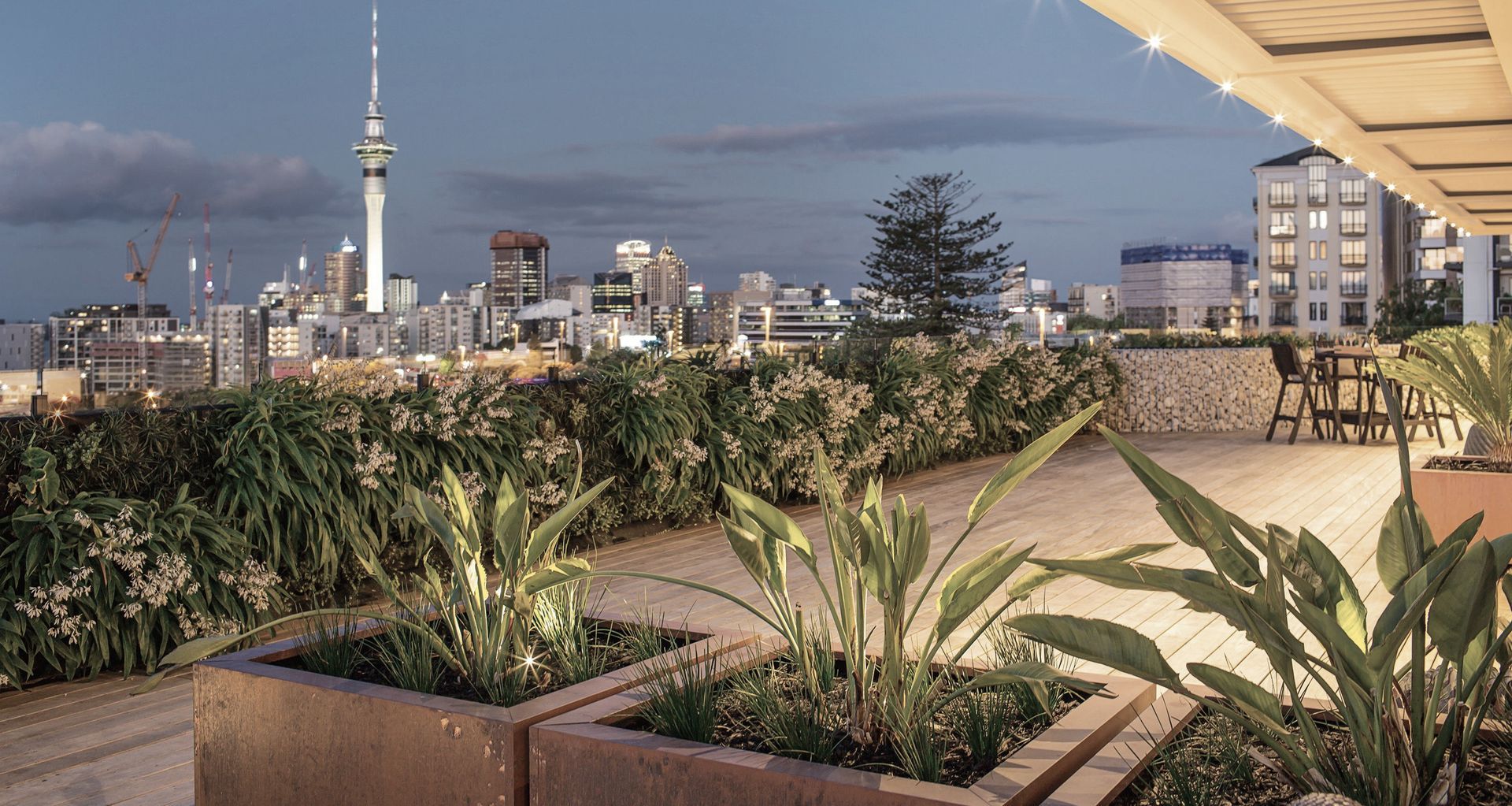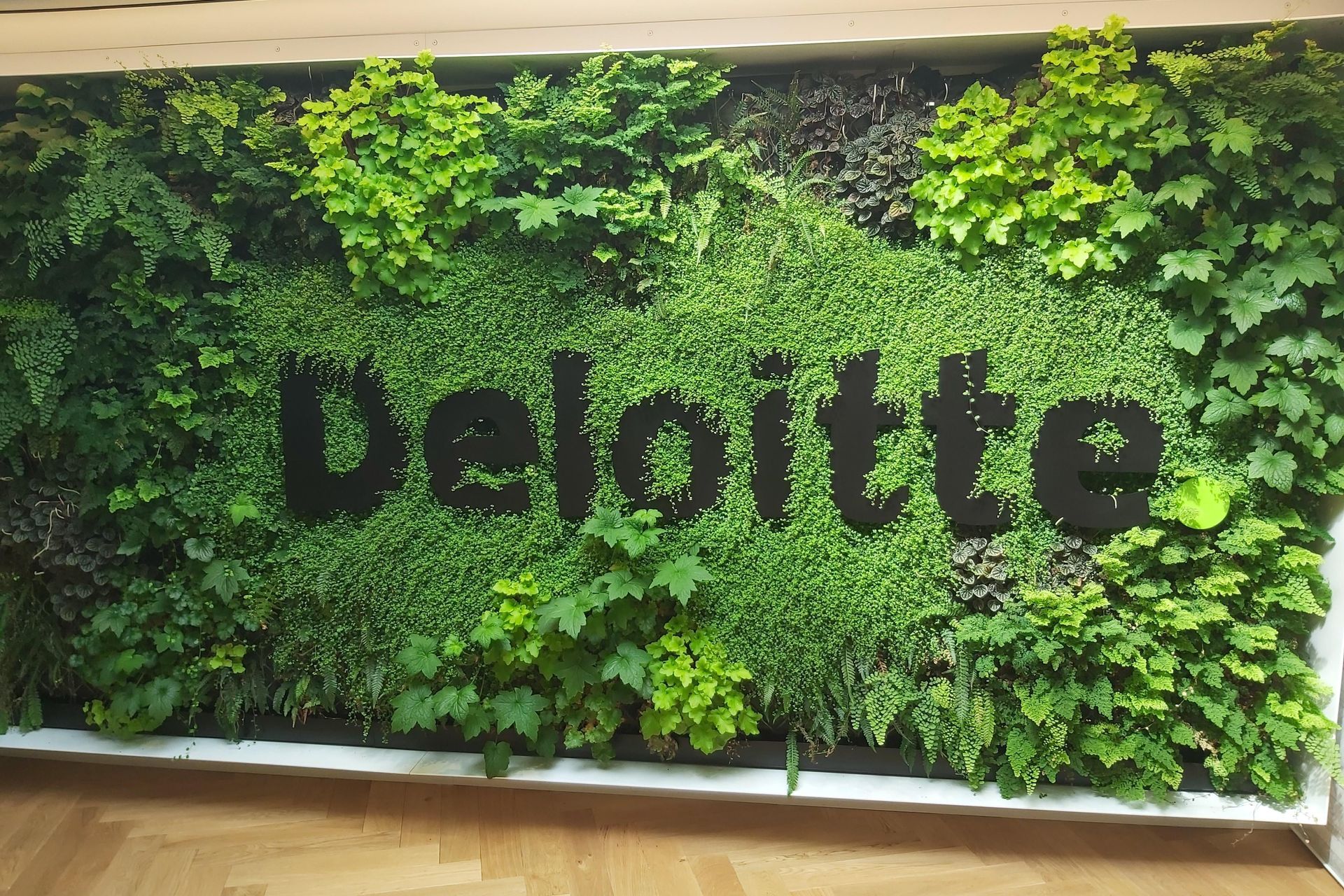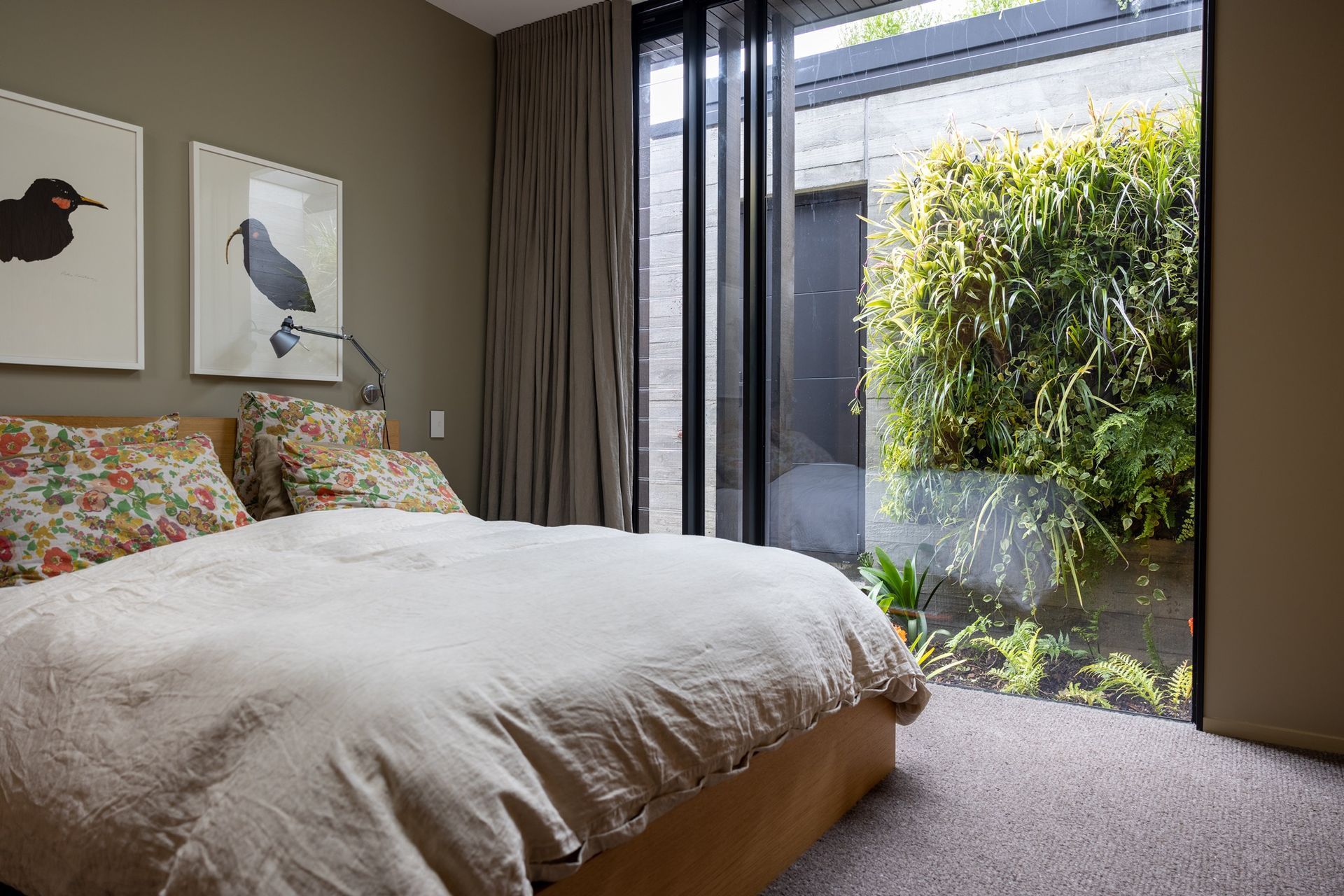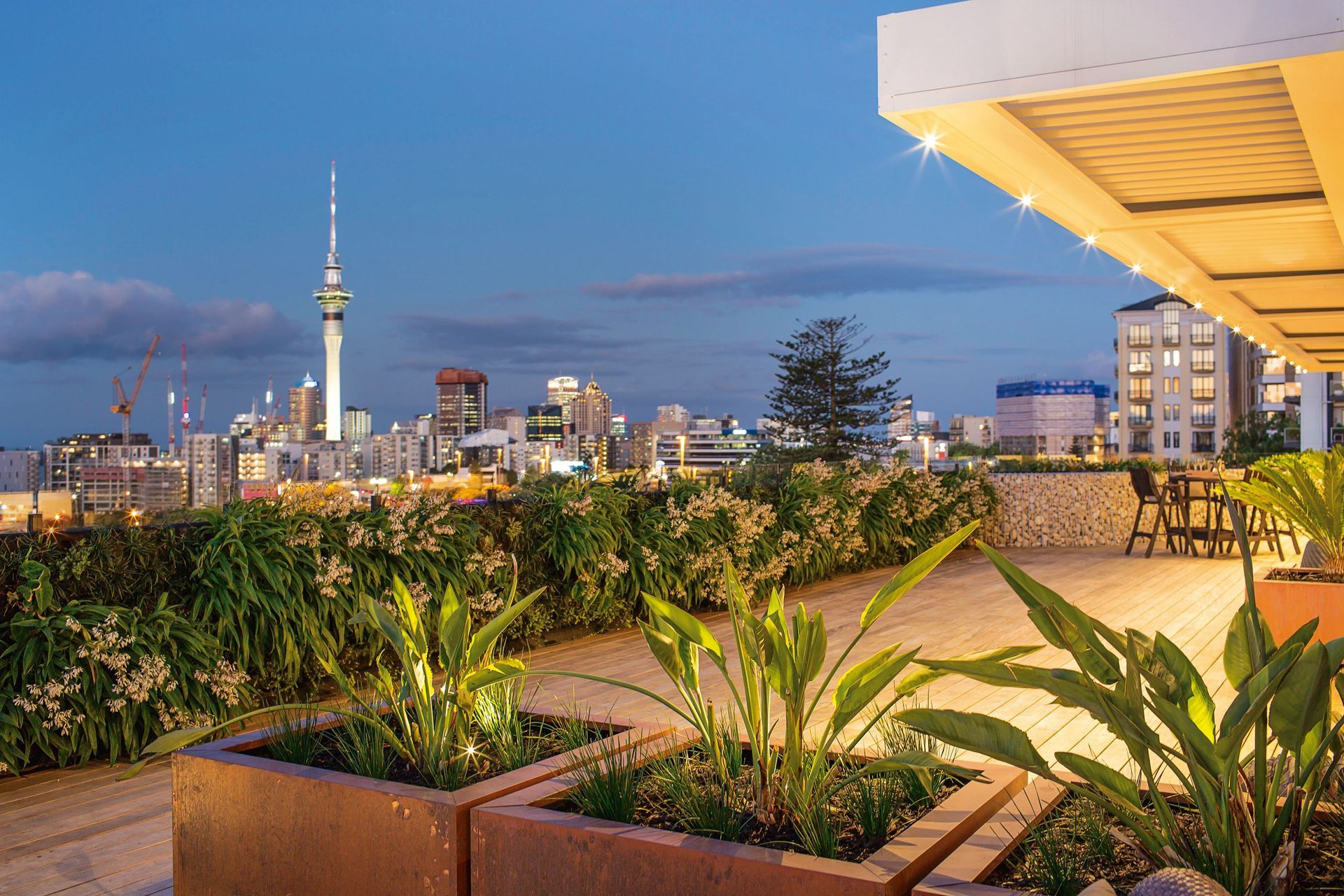How to add easy-care greenery to the home or office
Written by
10 January 2023
•
4 min read

Externally, plants provide habitats for insects and different types of fauna. Inside the home or office, they have the potential to reduce stress levels; aid concentration; increase the feeling of wellbeing among those with depression, anxiety, dementia and other conditions; and boost productivity.
Essentially living filters, no matter where they are used, plants capture and store air pollutants and water pollutants – helping in the fight against climate change thanks to their process of carbon sequestration.
“The wellbeing aspect of interior greenery has been long known. Not just for air purification, but also for that ‘feel-good’ factor,” says Tom McCarthy, Natural Habitats’ Auckland regional manager.
Best of all, there’s no need to be a ‘green thumb’ to enjoy the benefits. Here are some ways Natural Habitats can introduce flora into your home or office design.
The wellbeing aspect of interior greenery has been long known.
Green walls
Vertical gardens are a popular way to introduce plants – even in tight spaces such as between desks in the workplace or along the side fence of a residential home.
Natural Habitats’ green wall panels are lightweight and the system has been designed to work on its own without any additional strengthening. This means the panels can be attached to timber cladding and precast concrete on the side of an apartment building, for example.
They can also be used indoors. “We regularly carry out interior installs around the country for office spaces and private residential settings,” says Tom.
However, there are a few things to consider if green walls are being installed in an interior setting – such as the level of light available.
“We can always select species that are more shade tolerant. However, grow lights can be installed as well, which work on an aesthetic level to bring the wall to life and also assist with growing certain species.”
Another consideration is how water will be supplied to the top of the green walls, as well as how drainage and residual runoff will be taken into account.
“A drainage system can be planned during the building stage, or if you've got significant depth beneath your wall, we can install manual drainage points that can be emptied. There is always a way to work around various challenges.”
Green roofs
In both commercial and residential projects, roofs can easily be forgotten about when it comes to landscaping. However, Natural Habitats encourages clients to keep it top of mind.
“Green roofs mitigate stormwater runoff from the plants filtering and using the rainwater – meaning less runoff into the drains,” explains Tom.
The composition of Natural Habitats’ ‘eco pillow’ technology weighs approximately 20% of traditional green roof media, and their modular nature means they can be installed atop any building.
Pillars and custom structures
The modular configuration of Natural Habitats’ solutions makes adding greenery to both indoor and outdoor settings simple – even on curved surfaces.
“There are different types of materials we can use to be able to shape around curved areas or around a pillar. It’s all customisable,” says Tom. “Though, it does take a lot more design input and a bit more forward thinking.”
Custom-made, freestanding green pillars are also possible – ideal for in office environments.
“You can create an art piece or a new structure within an office space with the green wall panels.”
For green walls, as well as custom structures, now is the ideal time to start planning and planting, says Tom: “As we approach the end of summer when the temperatures start cooling down, it's a good time to start because the walls and everything we grow on them takes six months off site. So it's a good time to do that over winter to be ready for spring install.
You can create an art piece or a new structure within an office space with the green wall panels.
Branding and visual identity
For offices and commercial spaces, plants can also be used as part of a company’s visual identity – ticking the boxes for both form and function.
“For some projects, there’s a need to portray company image or letter branding,” says Tom, “and so planting can be designed in a way to either show the company name or letters with certain species, or installed in and around signage.”
No matter the application, the integration of planting in and around buildings has many benefits.
“There’s generally a solution for every space.”

Learn more about adding greenery to the home or office from Natural Habitats.


